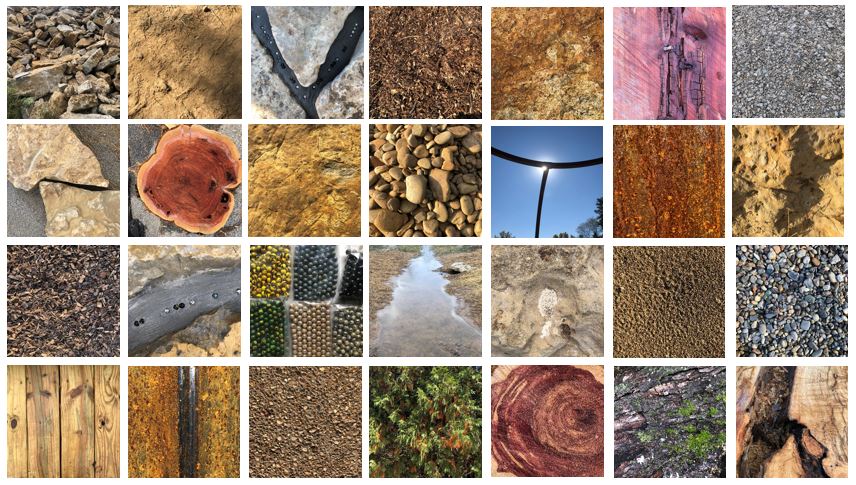By Bernheim
Considering the Color Palette of Play
Before you read much further please take a moment, close your eyes, and create a mental picture of the typical playground. Pay particular attention to the colors you might encounter. When you’ve taken a minute to do that, read on. (Also it’s nice to close your eyes for a minute sometimes.)
Ok. Did you play along? What colors came to mind in your imagining? I’m going to take a guess that the colors red, yellow, blue, green, and light brown came to mind. Bright colors. I’ll further guess that combinations of ALL those colors were present in this mental experiment. Playgrounds have evolved to be pretty colorful places. In fact, there is almost a visual signaling that someplace is a playground by a fairly consistent set of colors. Why is that do you suppose?
Color is of great importance to humans. Humans, higher primates, and a number or marsupials are (warning – science word coming) trichromats. That means that they have three different types of color detecting cells called cones in their eyes. Cone cells have evolved to detect different wave lengths of visible light. Our brains then interpret these different wavelengths of light as color. It turns out that how humans perceive color has both biological and psychological impacts. In short – color impacts how our bodies and minds respond to the environment. To make matters more complicated, the way we perceive and respond to color changes with our age. Young children perceive color differently than adults. That still doesn’t answer the question about why most playgrounds have become such colorful places. There is some research into how color impacts play, but it’s certainly not conclusive enough to drive playgrounds toward bright colors. Perhaps it has simply become convention that playgrounds are colorful. It may be more about economics and what adults think children want. But if there is one thing I have discovered in studying play it’s this – adults are not all that good at knowing the child mind. Perhaps we have simply forgotten. Or perhaps we have simply accepted the color coding for playscapes as a given.
Regardless, Playcosystem is a natural play environment and the color and material palette will reflect that. It’s also a laboratory for play which means that observing how children respond to the natural palette is open for observation and study. A lesson to be learned.
Here is a typical color palette for a modern playground purchased from equipment manufacturers.

And this is the color and material palette for Playcosystem. All natural materials with their natural colors. We even chose a type of steel called Corten Steel which is a steel alloy that develops a protective layer of rust. It doesn’t need painting. That has the added benefits of eliminating the toxicity of most outdoor steel paints along with the periodic maintenance of keeping steel painted.

